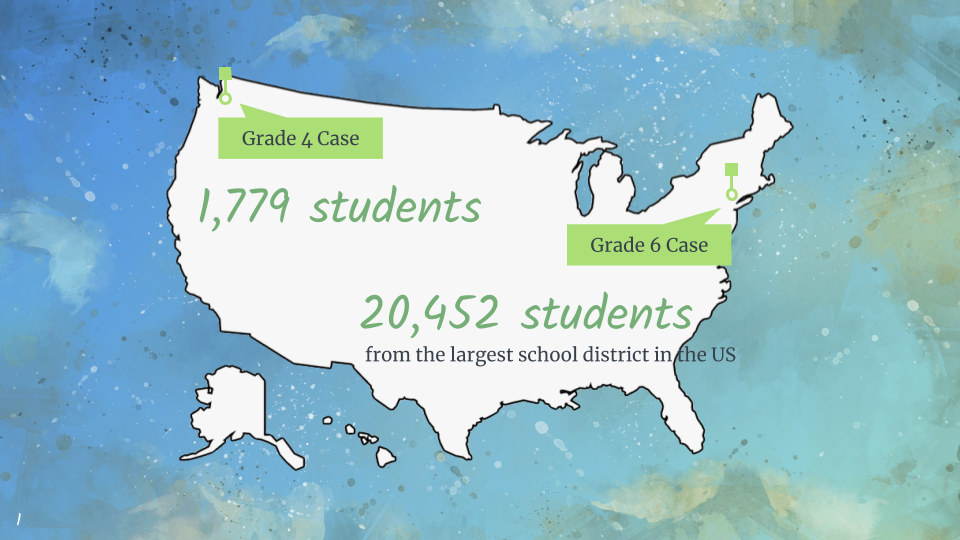Dissertation
Study the impact of Principle-Based Mathematics on teacher practice and student learning
Mathematical Engineering
Principle Based-Mathematics customizes abstract mathematics into a form that can be correctly taught, and learned, in the K–12 classroom
Data

Methods
Qualitative
Classroom artifacts (lesson plans and student work) and teacher interview data were analyzed using analytic induction (combining inductive and deductive qualitative analyses) to understand how Principle-Based Mathematics was implemented in the classroom.
Quantitative
Propensity score matching was used to achieve a more balanced design by reducing each comparison sample to smaller groups of students more comparable to students of the treatment group. Multiple (multilevel) regression was used to estimate separate treatment effects for each classroom.
Impact
Significant and substantial effect on student achievement found in 1 (of 4) classroom implementations
In-depth insight into teachers’ customization of Principle-Based Mathematics, shared widely through Teaching Children Mathematics (publication)
Exploratory evidence of program effectiveness under suboptimal research conditions (small sample, non-randomized assignment) using a portfolio of methods
“Dr. Poon possesses the three qualities that are the sine qua non of a good researcher: good judgment in recognizing what is important and what is correct, an open mind in allowing facts rather than fads to dictate the direction of her work, and the ability to design instruments that yield the valid data she needs.”
— Hung-Hsi Wu, Professor of Mathematics Emeritus, UC Berkeley



